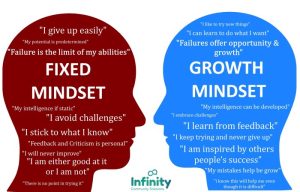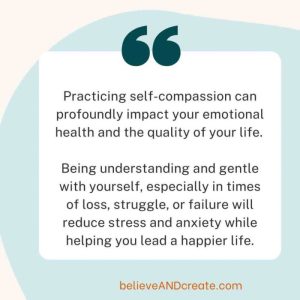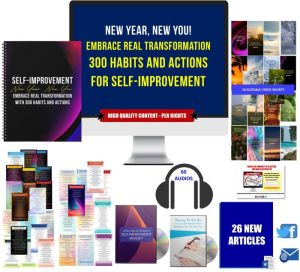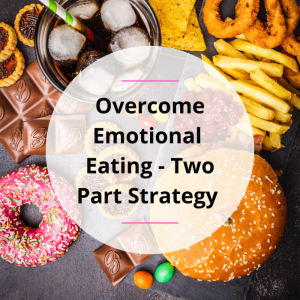Guided Meditation for Stress Relief
Guided meditation for stress offers a powerful path to inner peace and resilience. This practice leverages the mind’s ability to calm the nervous system, reducing the physiological effects of stress. We’ll explore various techniques, from mindfulness meditation to visualization, showing you how to incorporate this valuable tool into your daily life for lasting stress reduction.
Understanding the science behind stress reduction through guided meditation is key to its effectiveness. Different techniques cater to various stressors, whether work-related anxieties, relationship issues, or public speaking jitters. This guide will equip you with the knowledge and practical steps to begin your journey towards a calmer, more balanced you.
Overcoming Addictions: Guided Meditation For Stress
Guided meditation offers a powerful, supportive role in addiction recovery. It provides individuals with tools to manage the intense physical and psychological challenges associated with breaking free from addictive behaviors. By fostering self-awareness, relaxation, and emotional regulation, meditation can significantly enhance the effectiveness of traditional treatment approaches.Guided meditation can be particularly helpful in managing cravings and withdrawal symptoms. The intense urges and physical discomfort experienced during withdrawal can be incredibly difficult to endure.
Meditation techniques help to calm the nervous system, reduce stress hormones, and cultivate a sense of inner peace, making these challenging periods more manageable. Furthermore, by focusing the mind on the present moment, meditation helps to interrupt the cycle of obsessive thoughts and urges that often fuel addictive behaviors.
Managing Cravings Through Mindfulness Meditation
Mindfulness meditation encourages focusing on the present moment without judgment. When a craving arises, instead of reacting impulsively, individuals are guided to observe the craving as a sensation, a thought, or an emotion without engaging with it. This mindful observation helps to decrease the craving’s intensity and power over the individual. A common practice involves noticing the physical sensations associated with the craving – perhaps a tightness in the chest or a clenching of the jaw – and simply acknowledging their presence without attempting to suppress or indulge them.
This allows the craving to pass naturally without leading to relapse.
Reducing Withdrawal Symptoms with Body Scan Meditation
Body scan meditation involves systematically bringing awareness to different parts of the body, noticing any sensations without judgment. This technique can be particularly helpful during withdrawal, as it helps individuals to identify and manage physical discomfort. By focusing on the sensations in their body, individuals can learn to accept and tolerate these experiences rather than being overwhelmed by them.
For example, if experiencing muscle aches, the individual would focus their attention on the location and quality of the pain, observing it without resisting or amplifying it. This cultivates a sense of detachment from the discomfort, making it less distressing.
Cultivating Self-Compassion with Loving-Kindness Meditation, Guided meditation for stress
Individuals struggling with addiction often experience feelings of shame, guilt, and self-criticism. Loving-kindness meditation helps cultivate self-compassion by directing feelings of warmth and acceptance towards oneself. This practice can help individuals to forgive themselves for past mistakes and to treat themselves with the same kindness and understanding they would offer a friend struggling with a similar challenge. The repeated practice of directing loving-kindness towards oneself helps to foster a sense of self-worth and reduces the negative self-talk that can trigger relapse.
This builds resilience and supports the recovery process.
Incorporating guided meditation into your life offers a proactive approach to managing stress and fostering mental well-being. From understanding the science behind its effectiveness to learning practical techniques, this guide provides a comprehensive framework. Remember, consistent practice, combined with other self-care strategies and professional support when needed, paves the way to a healthier, happier you. Embrace the journey to inner peace and discover the transformative power of guided meditation.
Expert Answers
How long should a guided meditation session be for stress relief?
Even 5-10 minutes can be beneficial. Start short and gradually increase the duration as you become more comfortable.
Is guided meditation suitable for everyone?
While generally safe, individuals with severe mental health conditions should consult their doctor or therapist before starting a guided meditation practice.
What if my mind wanders during meditation?
It’s perfectly normal! Gently redirect your attention back to your breath or the guided instructions. Don’t judge yourself; simply acknowledge the wandering thoughts and refocus.
Where can I find guided meditation resources?
Numerous apps (like Calm or Headspace), websites, and YouTube channels offer free and paid guided meditations.






